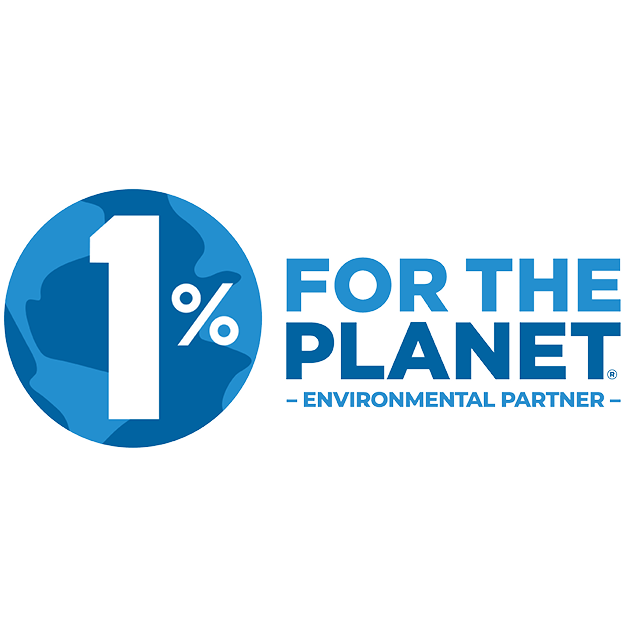Retire carbon for
the planet, for good.
Carbon removal, from where your food comes from.
Retire carbon for the planet, for good.
Carbon removal, from where your food comes from.
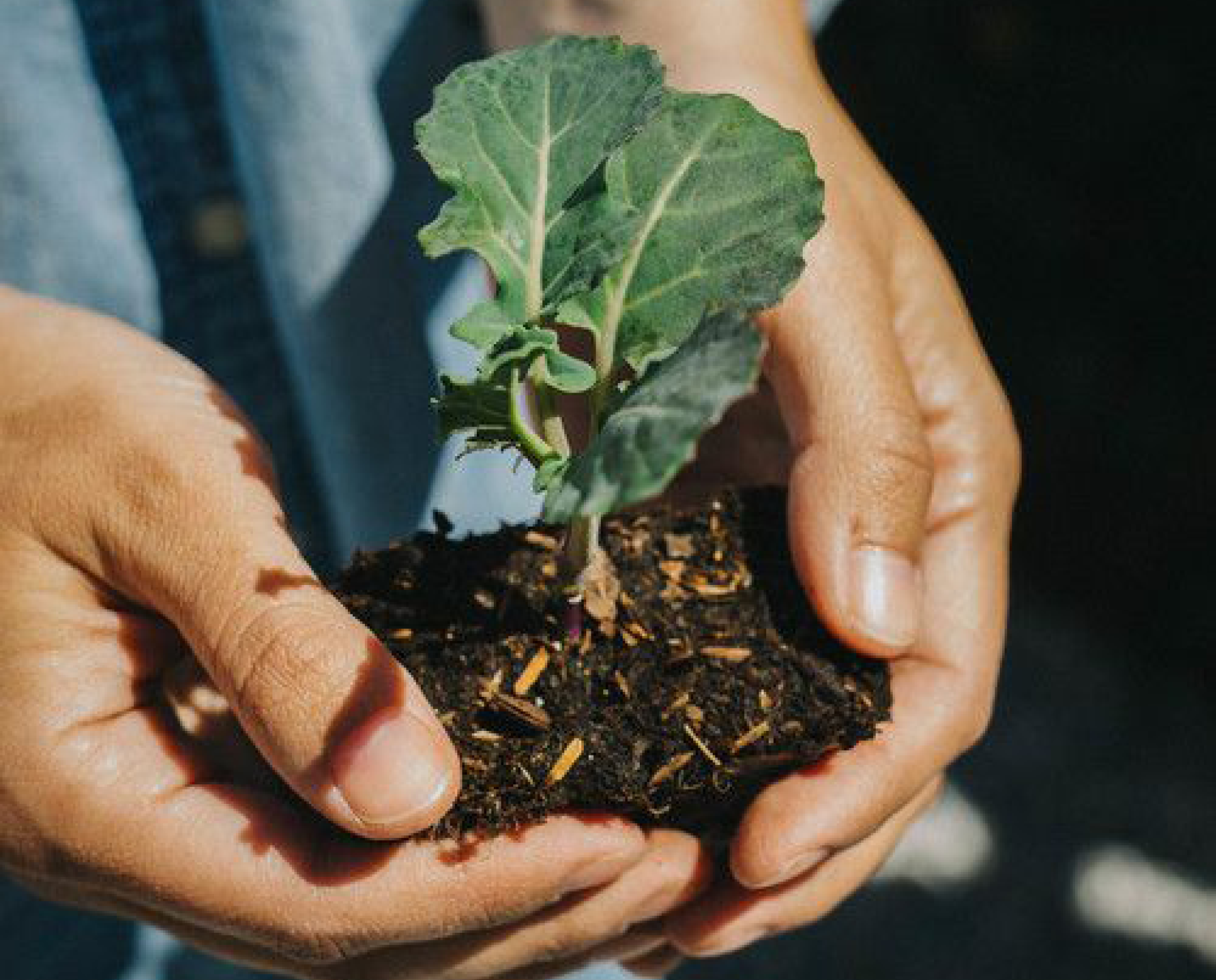
ForGood Carbon shifts the focus from short-term solutions to permanent carbon removal, driving meaningful climate action that effectively reduces CO² levels in the atmosphere.

Nature and agriculture has the power to sequester enough greenhouse gases by 2050 to reduce global temperatures and reverse the historical carbon emissions in our atmosphere.
The ForGood Carbon Unit™ (FGCU) process forms a SoilCQuest 2031 research project, established to facilitate retirement of carbon units through alternatives to offsetting, exploring new commercial opportunities.
SoilCQuest facilitates the retirement of verified carbon drawdown units accompanied by co-benefits, generated through high integrity schemes and governance.
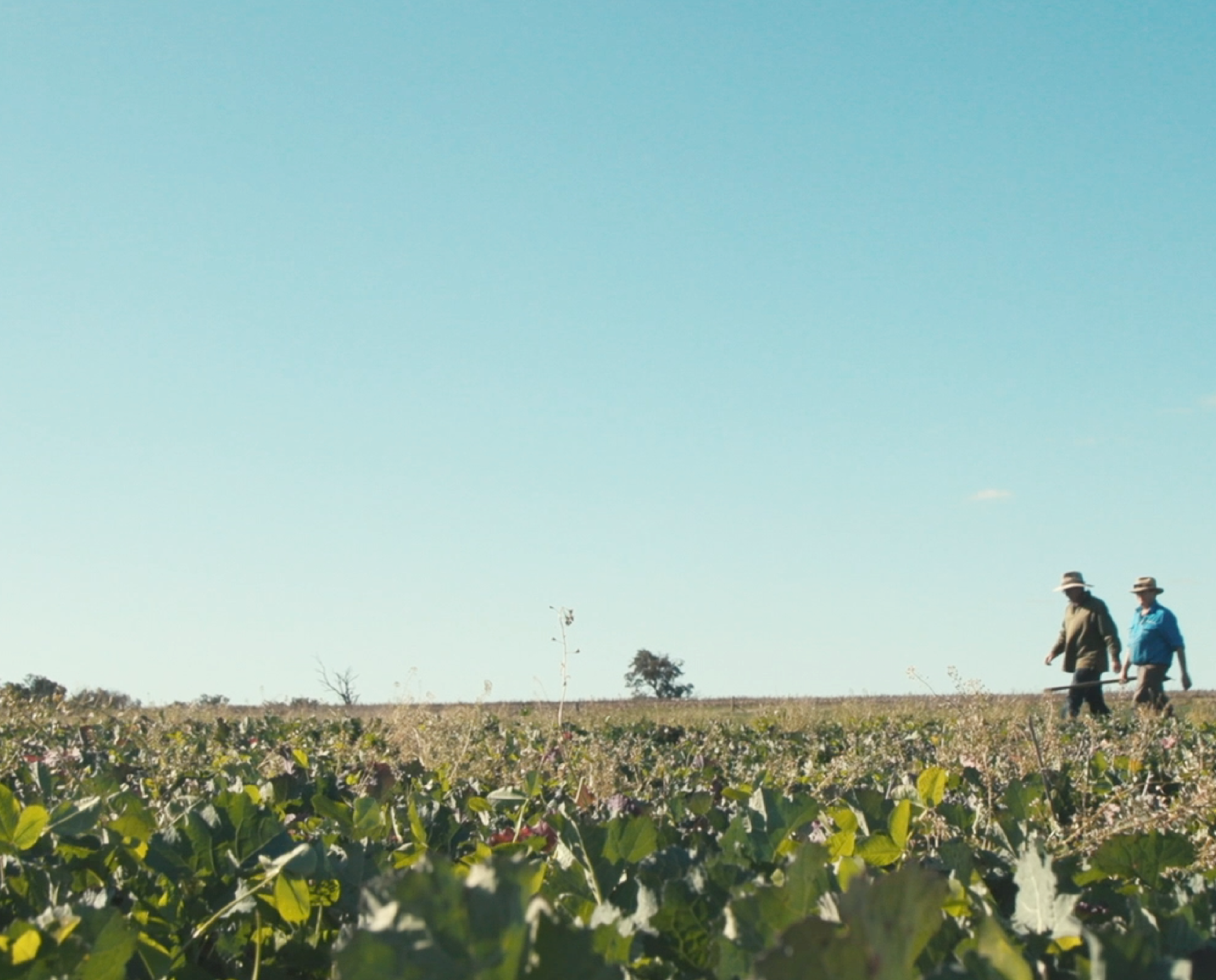
How it works
Why choose ForGood
Carbon Units™?
We offer genuine atmospheric carbon removal, not held against an emissions profile.
ForGood Carbon provides a solution for historical carbon emissions by instantly retiring carbon dioxide equivalents (CO²-e’s) created through best practice in agriculture or soil management to maintain 100% climate impact.
A ForGood Carbon Unit™ is the purchase and immediate retirement of a high-integrity Australian Carbon Credit Unit (ACCU) that is also associated with additional, identifiable and traceable co-benefits via the SoilCQuest Australian National Registry of Emissions Units (ANREU) account. Researching ForGood Carbon seeks to accelerate the reversal of historical emissions in our atmosphere in a transaction not associated with organisational emissions targets or accounts.
This process is for aspirational good and not associated with an organisation’s responsibilities to hold carbon units to account for scope emissions. This differentiates the place of FGCUs from CO²-e transacted in traditional markets, where ACCUs are used directly for the offset of historical and ongoing emissions in the transition to net zero.
In undertaking this research, SoilCQuest acquires high-integrity carbon units that represent genuine carbon removal. Each of these units is generated by projects that participate in additional schemes, frameworks or certifications with any number of environmental, societal, cultural, intrinsic co-benefits that are traceable and verifiable at project scale.
Project participants generating FGCUs demonstrate their commitment to improving the environment or community through dedicated activities that result in co-benefits and additional outcomes that SoilCQuest seeks to evaluate. Examples include measurable biodiversity outcomes, improving water quality in catchments, extending the knowledge of others, Indigenous-led activities, and preserving vegetation communities and wildlife corridors.
SoilCQuest connects these projects and the positive outcomes generated with global actors who share aspirational goals. In doing so we undertake social research, evaluating business, community and other observations when addressing historical emissions removal from the atmosphere in an act of good.
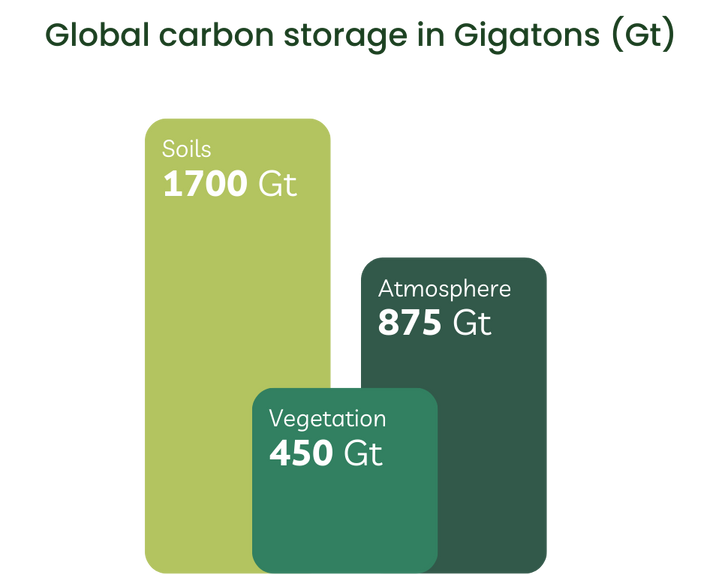
How do FGCUs differ from
traditional carbon offsets?
How do FGCUs differ from traditional carbon offsets?
The typical mechanism for addressing atmospheric climate impact in our current market is to offset. Companies can purchase CO²-e as offsets against their emissions without action toward historical retirement for accelerated impact against their emissions. This approach can impact the urgent need for real net negative emissions. FGCUs ensure that agriculture can play a part in positive climate impact, whilst maintaining food and fibre production.
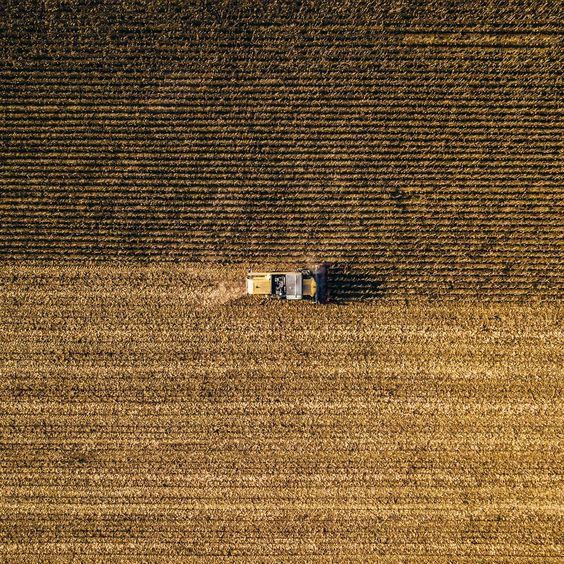
We operate for
aspirational good
Our process is aimed at doing the right thing at a time when it’s needed most, to pay back the planet.
SoilCQuest does not hold carbon units against scope emissions, our role is to facilitate a donation transaction that supports research for impactful and accelerated climate action represented by the generation of high integrity, traceable carbon units with attached co-benefits.
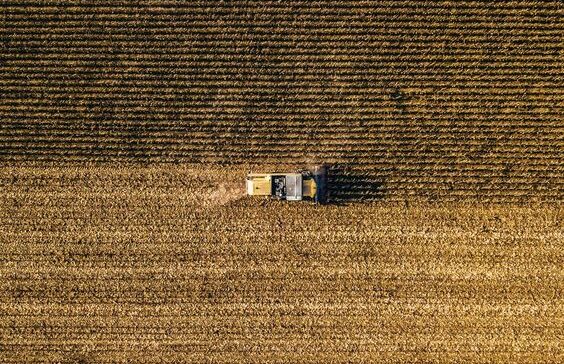
We are committed to positive environmental and social outcomes
Each unit is generated by projects that are involved in additional action through established and accredited schemes, frameworks or certifications with a number of environmental, societal, cultural and intrinsic co-benefits that are traceable and impactful.
Just a few examples include
Biodiversity outcomes
Improving water quality in catchments
Extending the knowledge of others
Indigenous-led activities
Preserving vegetation communities and wildlife corridors
SoilCQuest research into ForGood Carbon directly addresses historical impact for resetting.
The characteristics of a FGCU are split into three categories:
ForGood Carbon Unit
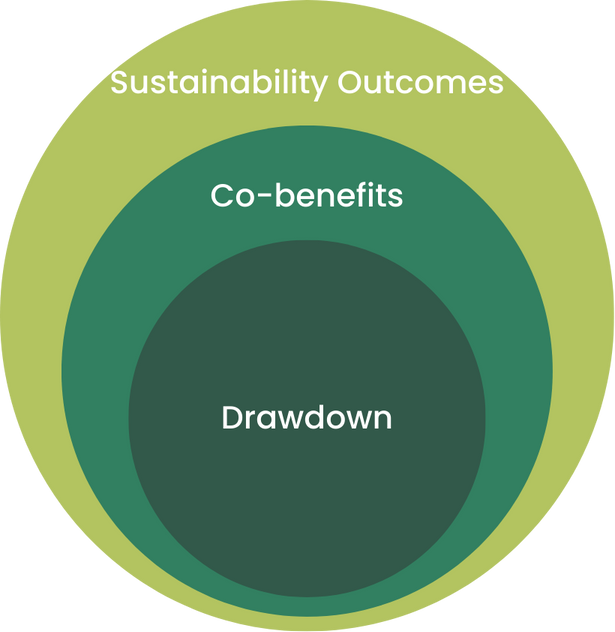
Drawdown
Regulated Voluntary Scheme producing high integrity carbon units (ACCUs).
Category 1 is currently inherent to the ACCU Scheme under the Carbon Farming Initiative. The threshold is met for as long as a project remains an ‘eligible offsets project’ across the nominated permanence period, registered with the Clean Energy Regulator. This is verifiable via the register the Regulator maintains. At the very core, high-integrity Category 1 genuine carbon removal has the following distinguishing features:
Co-benefits
Governed voluntary standards, certifications, codes of conduct that can be identified in the generation of these units utilising existing, governance, certifications and other integrous mechanisms.
Category 2 is the second metric associated with an FGCU. It reflects governed voluntary industry standards, codes of conduct and certifications emerging from, supporting or independent of, the Scheme associated with Category 1.
Category 2 can be supplementary to ACCU generation or complementary standalone features outside of FGCUs but are formative inclusions for recognition as an FGCU. Category 2 co-benefits are currently not a requirement to produce a CO²-e removal in Australia through the Australian Government ACCU Scheme. However, they are increasingly coming into the spotlight as desired outcomes or components associated with the creation of a high-integrity carbon unit.
FGCU Category 2 is characterised as being conducive to carbon scheme and industry integrity, to then go further and embed deeper environmental and social good attributed to a project. Co-benefits are verified – evidence based or certified by an approved third-party framework. Third-party assurance provides greater confidence in the claim of co-benefit. The register for each third-party component is maintained by the entity presiding over the identified certification. A For Carbon Unit acknowledges the nascent nature of the schemes that exist across Category 2.
Sustainability Outcomes
Non-regulated, values and ethics driven declarations within a project demonstrating action reflected within a framework of a relevant jurisdiction.
Category 3 represents paradigm-level societal values and nature advocacy that are observable across environmental, societal and cultural, animal welfare, justice and ethical components.
Category 3 includes forward-thinking industry leadership strategies, principles or paradigms evident in emerging nature-based solutions sectors that have growing and emerging frameworks or blueprints. Examples include alignment to themes across the United Nations Food and Agriculture Organisation’s Sustainable Development Goals.
SoilCQuest research considers each of the components in Category 3 to be intrinsically important as a commitment for people and the planet, now and into the future. It is here where our donors find greatest alignment with those generating ethical and sustainable outcomes founded in values-based action. This Category acknowledges the challenge of formal verification ubiquidous to Category 1 and 2. Category 3 acts to represent outcomes we acknowledge as intrinsic to actions, that form additional commitment that donors are drawn to, and can observe, as part of the actions on the ground attributable to ForGood.
Categories 1, 2 and 3 work together to build a ForGood Carbon Unit. Layering these complementary elements together works to strengthen the integrity of carbon drawdown activities to deliver a ForGood Carbon Unit.
Donate
SoilCQuest 2031 Ltd is an independently funded, not-for-profit, charitable CSIRO approved research institute registered with the ACNC bringing farmers and scientists together to increase soil carbon and reduce emissions for profitable and resilient farms.
Your donation will support our research, including the ForGood project, enabling us to champion farming as a solution to climate impact.
If you would like to contribute a larger amount, sponsoring a dedicated ForGood ‘reset’, please express your interest with us. Alternatively, you can email andrew@soilcquest.org.au.
Donations made to SoilCQuest are tax deductible.
Frequently asked questions
What is a ForGood Carbon Unit?
A ForGood Carbon Unit™ (FGCU) is the purchase and immediate retirement of a high-integrity Australian Carbon Credit Unit (ACCU) via the SoilCQuest Australian National Registry of Emissions Units (ANREU) account that is also associated with additional, identifiable and traceable co-benefits . FGCUs accelerate the reversal of historical emissions in our atmosphere in a transaction not associated with organisational emissions targets or accounts.
How are the units assessed?
The schemes and frameworks attached to Categories 1 and 2 are included based on SoilCQuest’s review of their high integrity and governance (characteristically including components as regular review and external feedback mechanisms).
SoilCQuest reviews these schemes and frameworks for inclusion into Category 1 or 2 – to mirror high-integrity associated with FGCUs. Each project contributing to ForGood Carbon generation fulfils the criteria of the underlying independent and self governing schemes identified. This degree of separation and impartiality between the FGCU and its associated underlying schemes affords good governance to the FGCU.
Components without an existing or emerging framework are out of scope for the FGCU project Category 1 or 2 but may be included for future consideration or inclusion. A FGCU remains flexible to take on more schemes and frameworks as the landscape develops, matures and integrity thresholds are met.
How are FGCUs differentiated?
A FGCU results from genuine, high-integrity abatement or sequestration activities associated with co-benefits and ethical practice. Unlike traditional offsetting, FGCUs are not associated with an emissions ledger and all stakeholders involved can be confident that carbon emissions have been removed from the atmosphere.
How do we know about global carbon storage in soils, vegetation and the atmosphere?
There are many sources of literature that contribute to our knowledge around global carbon stores and potential to sequester atmospheric carbon in impactful ways. Whilst the actual numbers vary slightly or can be split into finer and finer categories, the general consensus is that soils are second only to the oceans in their carbon storage size, and the amount of carbon stored in the atmosphere (800-875 Gt C) and vegetation (450-560 Gt C) combined is less than that in soils (1550-1700 Gt Organic Carbon). World renowned soil scientist Rattan Lal conveys that nearly 80% (2500 GT) of global carbon is found in soil including both organic carbon and inorganic carbon together.
Globally, soil organic carbon soil organic carbon stocks have been reduced by 20 %–60 % with land use change (Kopittke et al., 2017), with land use change having released an estimated 116 Pg of carbon (C) to the atmosphere (Sanderman et al., 2017). However, this current carbon debt also corresponds to an opportunity to sequester atmospheric carbon (Sykes et al., 2020).
Want to read more?
- Ontl, T. A. & Schulte, L. A. (2012) Soil Carbon Storage. Nature Education Knowledge 3(10):35
- Hondroudakis, L., Kopittke, P. M., Dalal, R. C., Barnard, M., and Weng, Z. H.: The influence of land use and management on the behaviour and persistence of soil organic carbon in a subtropical Ferralsol, SOIL, 10, 451–465, 2024.
- Friedlingston, P. et al. (2022). Global Carbon Budget 2021.
How do we know about soil's potential to sequester atmospheric emissions?
The potential for soil carbon sequestration to offset global greenhouse gas emissions has been explored in various studies. Estimates suggest that soil carbon sequestration could offset a significant portion of global emissions, though not all.
Global Potential for Soil Carbon Sequestration:
References providing insights into the potential of soil carbon sequestration as a strategy for mitigating global greenhouse gas emissions come from the IPCC.
About one-quarter of the 2030 mitigation pledged by countries in their initial Nationally Determined Contributions (NDCs) under the Paris Agreement is expected to come from land based mitigation options. Right now, we are falling behind. (Source: UN Net Zero Coalition)
Farming systems such as agroforestry, perennial pasture phases and use of perennial grains, can substantially reduce erosion and nutrient leaching while building soil carbon (high confidence). The global sequestration potential of cover crops would be about 0.44 ± 0.11 GtCO2 yr–1 if applied to 25% of global cropland (high confidence) (IPCC) of the 1.2 Gt CO2e
[derived from: 4381 million tonnes CO2-e = is 4381 divided by 3.67, then converted from million tonne to gigaton]
Response options that can be implemented without or with limited competition for land, including some that have the potential to reduce the demand for land. Co-benefits and adverse side effects are shown quantitatively based on the high end of the range of potentials assessed. Magnitudes of contributions are categorised using thresholds for positive or negative impacts. Letters within the cells indicate confidence in the magnitude of the impact relative to the thresholds used (see legend). Confidence in the direction of change is generally higher.
Want to read more?
IPCC, 2019: Climate Change and Land: an IPCC special report on climate change, desertification, land degradation, sustainable land management, food security, and greenhouse gas fluxes in terrestrial ecosystems [P.R. Shukla, J. Skea, E. Calvo Buendia, V. Masson-Delmotte, H.-O. Pörtner, D. C. Roberts, P. Zhai, R. Slade, S. Connors, R. van Diemen, M. Ferrat, E. Haughey, S. Luz, S. Neogi, M. Pathak, J. Petzold, J. Portugal Pereira, P. Vyas, E. Huntley, K. Kissick, M. Belkacemi, J. Malley, (eds.)].


